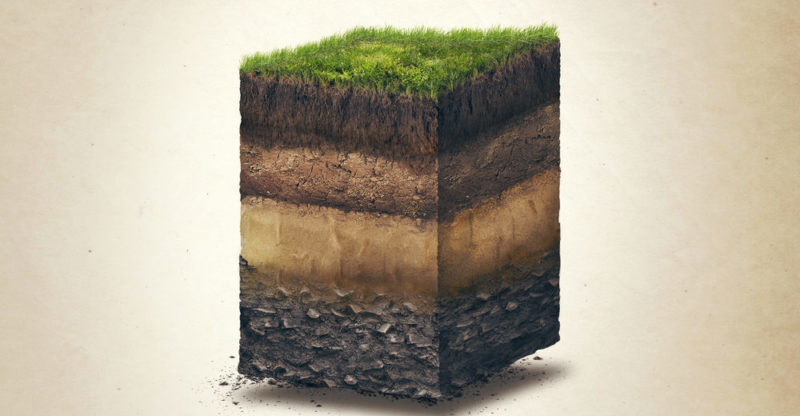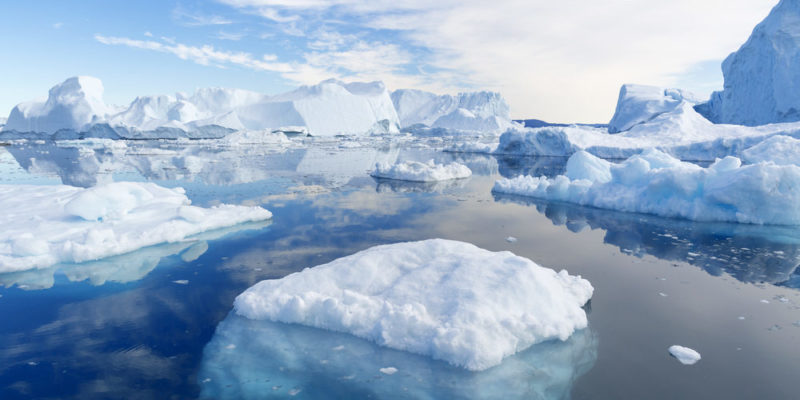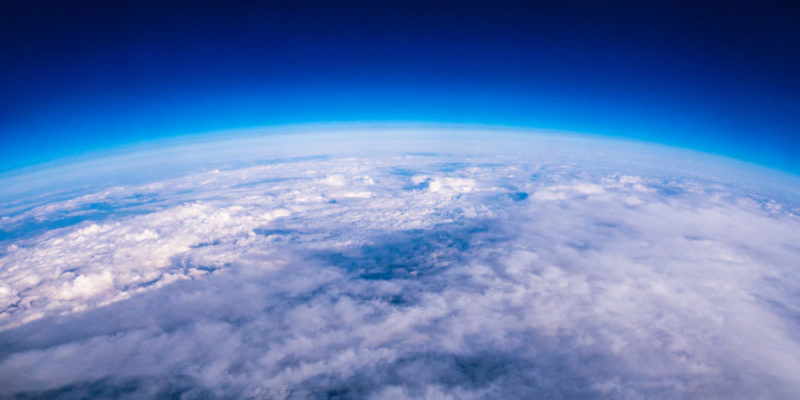We explain what the layers of the Earth are and their characteristics. In addition, the parts they present and their main functions.
Layers of the Earth
The layers of the Earth are envelopes that cover from the core of the planet to the Earth's surface and each one of them presents a different type of composition.
A Girl Drifting In The Open Sea Is Rescued
There are three general groups of layers according to their type of composition: geosphere, hydrosphere and atmosphere . Each layer accumulates higher temperature as it approaches the inner core of the planet, due to the increase in pressure.The geology is the science that studies the composition and structure of the layers of the Earth, in order to know the evolution of the planet. In addition, it studies natural resources and the processes that impact on the surface, that is, on the environment .
Geosphere
 The geosphere is made up of a set of four layers that span from the core to the earth's surface. These are:
The geosphere is made up of a set of four layers that span from the core to the earth's surface. These are:
- The inner core. It is the deepest layer and consists of a huge ball of solid iron that is slightly larger than the planet Pluto (which is 2,376 km in diameter). It is composed, for the most part, of iron and nickel and is found at a very high temperature, around 5,505ºC (almost as much as the temperature of the Sun's surface ).
- The outer core. It is a layer that is made up of metals such as iron and nickel, which are in a liquid state and, due to the movement of these components, a magnetic field is generated around the planet. This field makes it possible to maintain the Earth's atmosphere that protects living beings from solar radiation.
- The mantle. It is the layer that covers the outer core and is the one with the greatest thickness, which is why it represents 84% of the volume of the Earth. Its composition is semi-liquid, mostly of metals such as iron and minerals such as magnesium . The outermost part of the mantle makes up the lithosphere that is fragmented into tectonic plates that also reach the part of the layer that follows, the crust.
- The crust. It is the thinnest and outer layer that surrounds the Earth, where the biosphere develops. It represents 1% of the volume of the planet and is composed of elements of relatively light mass, such as aluminum , silica and oxygen. It is divided into two types, continental and oceanic.
The Hydrosphere
 The hydrosphere is the set of water masses on Earth that can appear in solid, gaseous or liquid states (the latter can be fresh water , such as rivers or lakes; or salty, such as seas and oceans ).
The hydrosphere is the set of water masses on Earth that can appear in solid, gaseous or liquid states (the latter can be fresh water , such as rivers or lakes; or salty, such as seas and oceans ).Solid state water is found in the coldest regions of the planet, such as Antarctica . Water in a gaseous state is the water vapor found in masses of warm or thermal water that emanates steam, in fog or in the highest clouds (which pass through other layers that belong to the next layer, the atmosphere).
The atmosphere
 The atmosphere is the most extensive layer, with about 10,000 km thick, which is formed by a set of gaseous layers. It is composed, for the most part, by gases such as oxygen , nitrogen and to a lesser extent by ozone, carbon dioxide and water vapor.
The atmosphere is the most extensive layer, with about 10,000 km thick, which is formed by a set of gaseous layers. It is composed, for the most part, by gases such as oxygen , nitrogen and to a lesser extent by ozone, carbon dioxide and water vapor.The layers of the atmosphere are:
- Troposphere. Composed of nitrogen, oxygen and carbon dioxide, it is the layer that is in contact with the earth's surface and in which the climatic and meteorological processes are generated due to the concentration of water vapor, clouds and winds. It has an altitude of approximately 10 km and, as it moves away from the Earth's surface, both the pressure and the density of the air are lower.
- Stratosphere. Composed of inorganic elements, such as nitrogen oxide, nitric acid , sulfuric acid , ozone and halogens. In this layer the air is cold and heavy. In the outer part of the stratosphere is the ozone layer , which is very important because it acts as a filter or shield to stop the ultraviolet rays that come from the sun and that were not absorbed by the thermosphere.
- Mesosphere. Composed of various gases mixed together, which are not stratified as they usually occur in most layers of the atmosphere. Protect the planet from the impact of meteorites and asteroids.
- Thermosphere or ionosphere. Composed of oxygen, carbon dioxide and nitrogen, gases that undergo chemical ionization processes. That is why, also, this layer is called the ionosphere . It absorbs a large part of solar radiation, such as ultraviolet rays.
- Exosphere Composed of helium and hydrogen, it is the least dense layer. It is a transition zone between the Earth's atmosphere and outer space where there are no gases or gravity . Several artificial satellites usually orbit in the exosphere.
The above content published at Collaborative Research Group is for informational and educational purposes only and has been developed by referring reliable sources and recommendations from technology experts. We do not have any contact with official entities nor do we intend to replace the information that they emit.
Abubakr Conner brings a diverse skill set to our team, and covers everything from analysis to the culture of food and drink. He Believes: "Education is the most powerful weapon that exists to change the world." .
Leave a reply
Your email address will not be published. Required fields are marked *Recent post

Sport: What Is It, Types, Risks, Features, Characteristics and Examples
September 23, 2021

Dogs: Emergence, Features, Characteristics, Feeding and Breeds
September 24, 2021

Story: Definition, Elements, Structure, Features and Characteristics
September 24, 2021

Essay: Definition, Structure, Features, Characteristics, How to Do It
September 24, 2021
